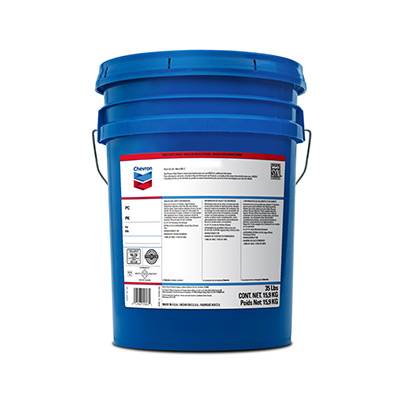नोभ . 05, 2024 05:05 Back to list
installing a check valve
Installing a Check Valve A Comprehensive Guide
Check valves, also known as one-way valves, are essential components in various piping systems. They allow fluid to flow in one direction while preventing any reverse flow, thereby protecting equipment and maintaining system efficiency. Proper installation is crucial to ensure the effective operation of a check valve. This article provides a comprehensive guide on how to install a check valve correctly, highlighting key considerations and steps in the process.
Understanding Check Valves
Before diving into the installation process, it is vital to understand the different types of check valves available. The most common types include
1. Swing Check Valve This type uses a swinging disc to allow fluid flow in one direction. It is ideal for low-pressure applications. 2. Lift Check Valve This valve uses a movable disc that lifts off its seat when fluid flows, suitable for higher-pressure systems. 3. Ball Check Valve A ball inside the valve seat prevents backflow by resting in place under fluid pressure. It is effective in preventing reverse flow in various applications.
Preparation for Installation
1. Select the Right Valve Choose a check valve that is appropriate for your specific application, including the type of fluid, pressure, and pipe diameter. 2. Gather Tools and Materials Ensure you have all necessary tools, including a wrench, pipe cutter, Teflon tape, and safety gear. Have the check valve and appropriate fittings on hand for installation. 3. Turn Off System Before starting the installation, turn off the fluid supply and relieve any pressure in the system to ensure safety during installation.
Installation Steps
1. Location Selection Identify where the check valve will be installed within the piping system. It should be positioned close to the pump or the source of fluid flow to minimize the chances of backflow.
2. Cut the Pipe Use a pipe cutter to cut the pipe where the valve will be installed. Ensure the cut is clean, and the edges are free of burrs. If working with PVC or similar materials, use the appropriate solvent or adhesive when connecting pieces.
installing a check valve

3. Clean the Pipe Ends Before attaching the valve, clean the ends of the pipe thoroughly to avoid contamination and ensure a solid seal.
4. Identify Flow Direction Most check valves have an arrow indicating the direction of flow. Make sure the valve is installed in the correct orientation to allow fluid to flow in the desired direction. Incorrect installation can lead to valve failure.
5. Apply Thread Sealant If the check valve has threaded connections, wrap Teflon tape around the male threads to create a watertight seal. Be cautious not to overuse the tape as it may cause issues with threading.
6. Attach the Valve Carefully screw the valve onto the pipe, or press it into place if using a slip-fit connection. Tighten securely using a wrench, but avoid over-tightening, which can damage the valve or connections.
7. Double-Check Connections Inspect all connections for tightness and proper alignment. Ensure that there are no visible leaks or gaps around the valve.
8. Test the System Once the installation is complete, slowly turn the fluid supply back on. Monitor the system for any leaks and verify that the check valve is functioning correctly, preventing reverse flow.
Tips for Successful Installation
- Always refer to the manufacturer's instructions for specific guidelines related to the check valve model you are using. - If you are unsure about any part of the process, consult a professional plumber or technician to avoid costly mistakes. - Regular maintenance checks should be scheduled to ensure the check valve remains fully operational. This can involve cleaning and testing the valve to ensure it is free of debris and functioning as intended.
Conclusion
Installing a check valve is a straightforward process that plays a crucial role in the functionality of piping systems. By following these steps and paying attention to detail, you can ensure a successful installation. Ultimately, a properly installed check valve enhances system efficiency and prolongs the lifespan of your equipment. Always remember that safety and quality assurance should be your top priorities throughout the installation process.
-
thread-plug-gauge-our-promise-of-measurement-excellenceNewsAug.22,2025
-
gauge-pin-class-reflecting-quality-legacyNewsAug.22,2025
-
check-valve-types-for-high-rise-buildingsNewsAug.22,2025
-
water-control-valve-for-irrigation-systemsNewsAug.22,2025
-
gate-valve-with-soft-seal-technologyNewsAug.22,2025
-
y-type-strainer-for-oil-and-gas-applicationsNewsAug.22,2025
Related PRODUCTS









